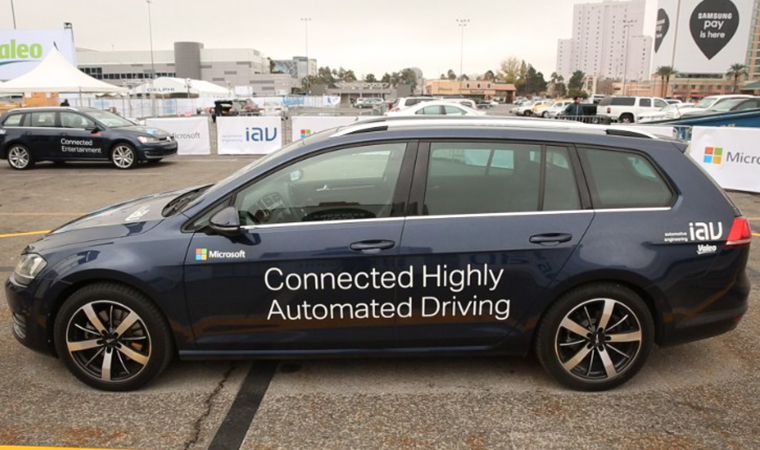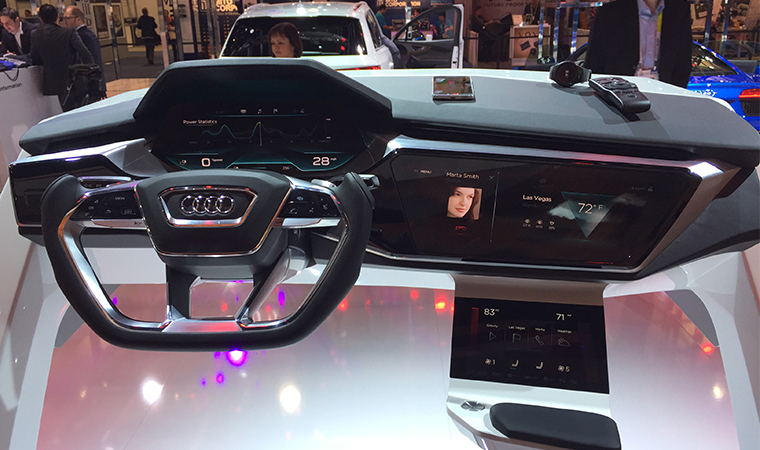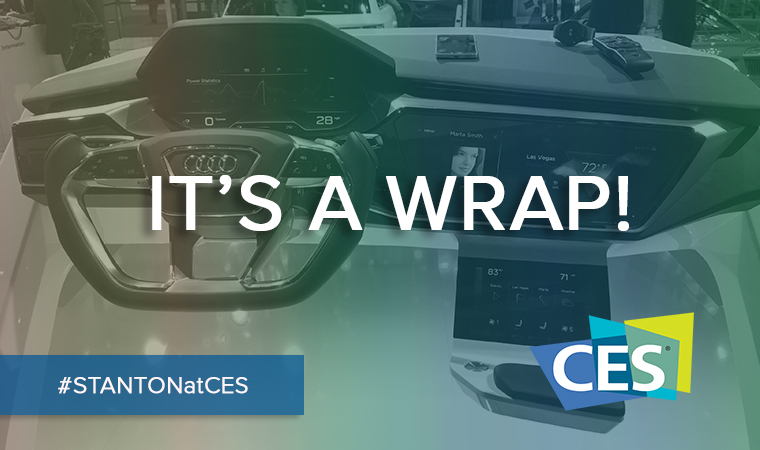The 2016 CES may have officially closed its doors on Saturday, but its impact will be felt long after the Las Vegas Convention Center falls quiet. If you thought this year’s show was bigger than past shows it wasn’t your imagination. According to CTA, nearly 170,000 attendees packed CES through its four day run despite increased security and bag checks. The show floor was larger this year as well, with more than 2.47 million net square feet of exhibit space including an expanded Eureka Park, a larger Autonomous Aerial Vehicle Marketplace and bigger automotive presence in North Hall.
What also set this year’s CES apart from past shows is that its most popular exhibits were more about how users experience technology rather than the technology itself. Intel’s keynote presentation demonstrated this with example after example of how consumers will interact with its RealSense technology with everything from a camera that offers users the chance to insert their likeness directly into their favorite video game, to a drone that can follow a bike rider through a crowded forest without crashing into obstacles. Even in the expanded VR market, the focus wasn’t so much on the technology behind the VR headset as it was on the user’s experience upon entering a virtual world.
The same can be said about automotive technology. Connected cars were everywhere this year at CES, but what set one autonomous car apart from the rest was its ability to communicate not with its driver, but with the surrounding environment. I was fortunate to have been able to ride along during a demonstration of IAV’s Connected Highly Automated Driving (CHAD) concept car, which was designed in conjunction with Microsoft. CHAD was fully autonomous and drove itself down a course on the Gold Lot at the LVCC, but what set it apart from other self-driving car demos was its ability to communicate with its surrounding environment. When the car sensed a pedestrian was entering traffic, it slowed down thanks to the car being able to identify a Microsoft wearable worn on the wrist of the pedestrian. Later, the car communicated with a traffic light to reduce the wait time for a green light at an intersection. This is a fantastic example of how connected cars will soon work in tandem with smart infrastructure.


Drones were big business at CES this year with booth after booth exhibiting a dizzying array of unmanned systems with unique capabilities such as 4k video capture and crash detection. Again, the technology was amazing, but what was even more impressive were the ways users could use drones to follow motion and apply the technology to commercial endeavors such as crop protection, construction and even supply delivery in times of emergency. In North Hall, automakers such as Audi showcased new display, safety and connectivity options that will revolutionize how drivers will interact with their car only a model year or two down the road.

Each of these tech highlights showcased a revolutionary quality that was immediately felt at the show. What wasn’t so easily expressed at the show, however, were the myriad policy issues that weigh upon each of these innovations. Drones are a perfect cautionary tale. The drone market is poised for significant growth in 2016, with CTA estimating the UAV market to cross the $1 billion mark in only five short years. While the number and variety of drones may be growing, the regulatory framework to enable the market to grow remains grounded at the federal level. The same can be said for automated cars. IAV proved that the technology necessary for connected, autonomous cars is real. What is lacking is a clearly defined consensus on how and where those cars are driven. Audi’s new laser headlights can illuminate only what the driver wants to see without blinding opposing traffic. Unfortunately, these head lights aren’t yet allowed to be used in the United States.
For public policy communicators, this year’s CES showed some amazing promise in advancing the human experience through technology. That’s the easy story to package for the press. What isn’t so easy is how we communicate the benefits story of technology when support from policymakers in Washington, DC and the states necessary to enable its growth is lacking. Simply put, many elected officials are waiting to regulate innovation into obscurity. As communicators entrusted with fostering innovation, it is our job to create an environment in the media that runs counter to regulatory intrusion in the consumer technology space when it threatens to smother innovation in the crib. CES may be over, but the policy debates that will shape the technology market for 2016 are just beginning. We look forward to the challenge of communicating technology’s virtue to an audience of skeptical policymakers over the course of the coming year on behalf of the Consumer Technology Association and any other innovator who needs assistance in crafting messages that resonate with audiences that matter in Washington and beyond the beltway. CES 216 is over. Now it’s time to prepare for the 2017 show.
